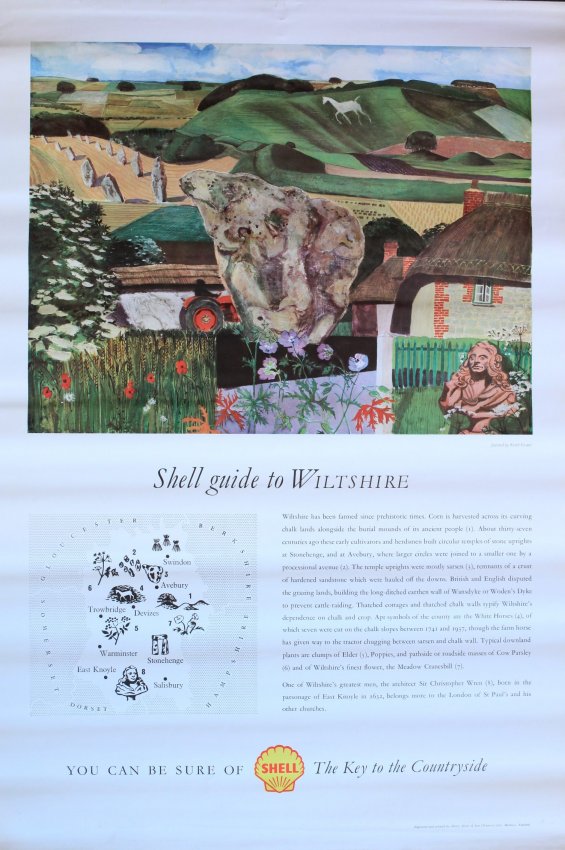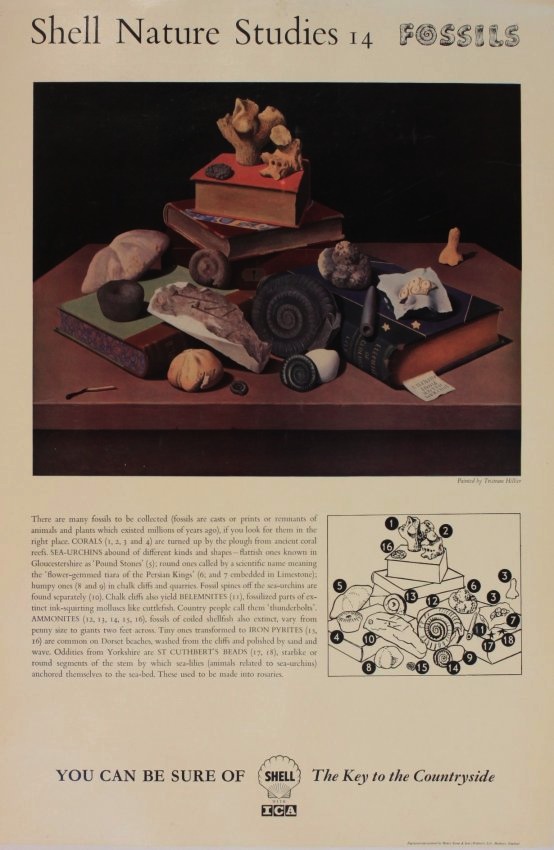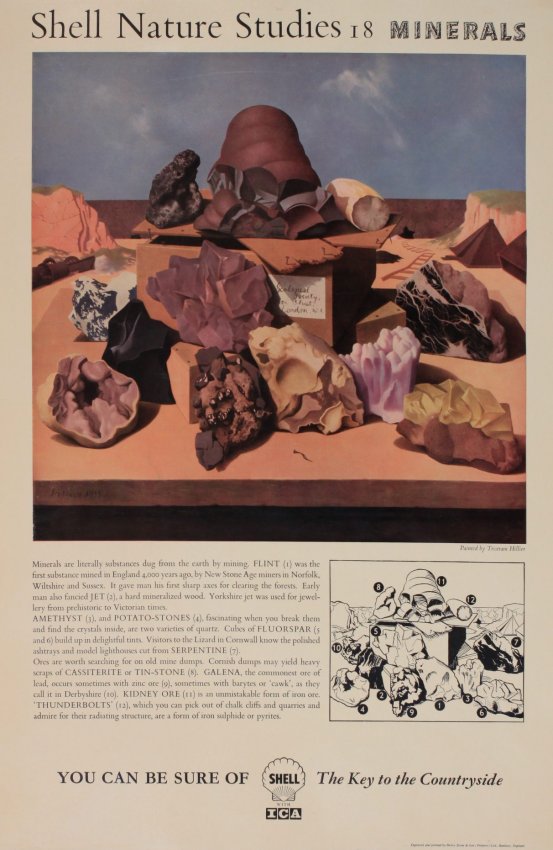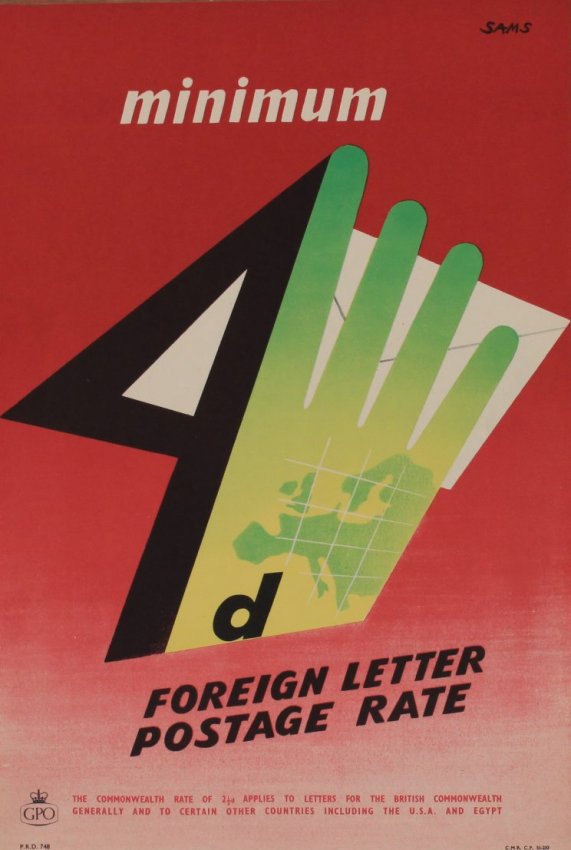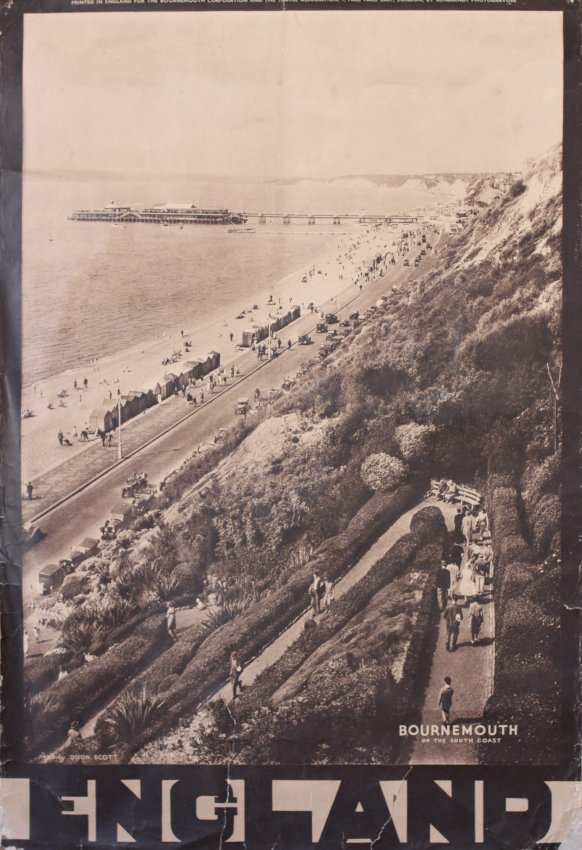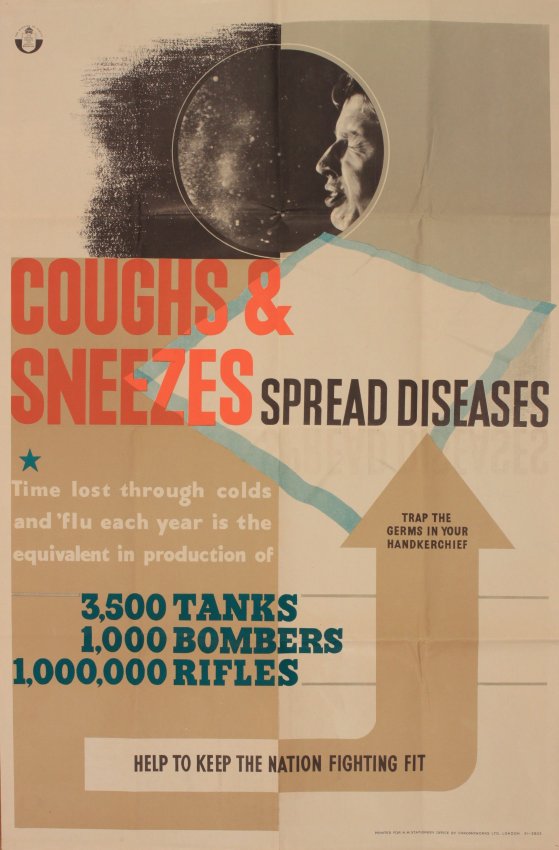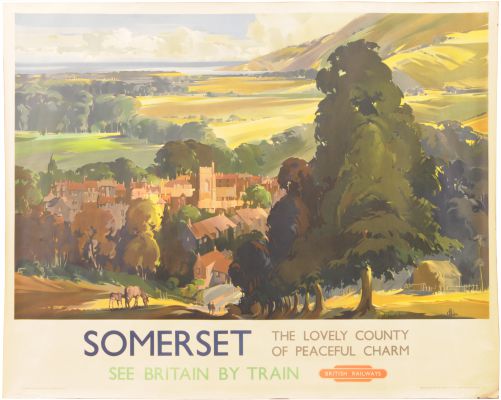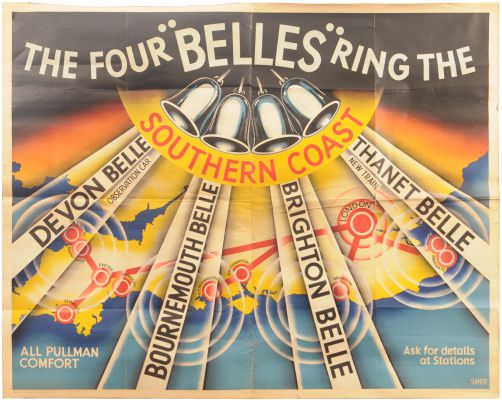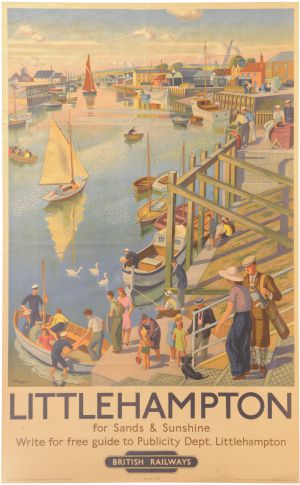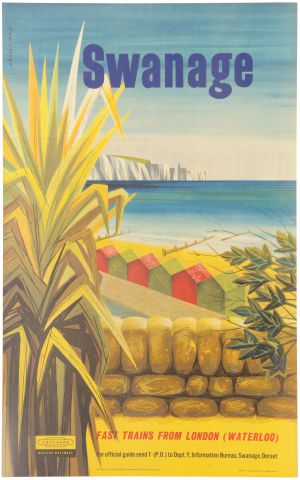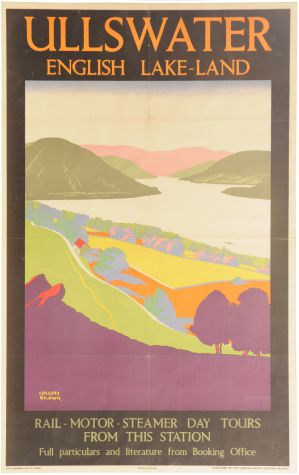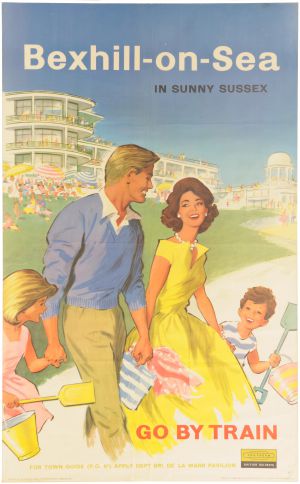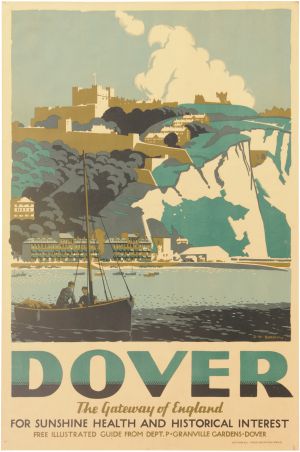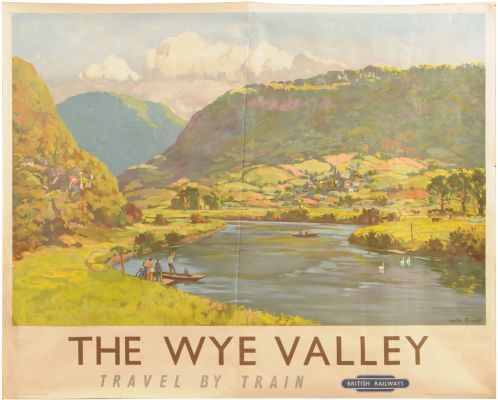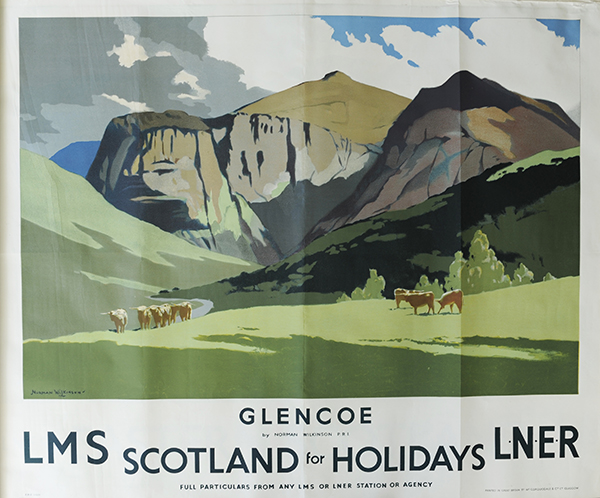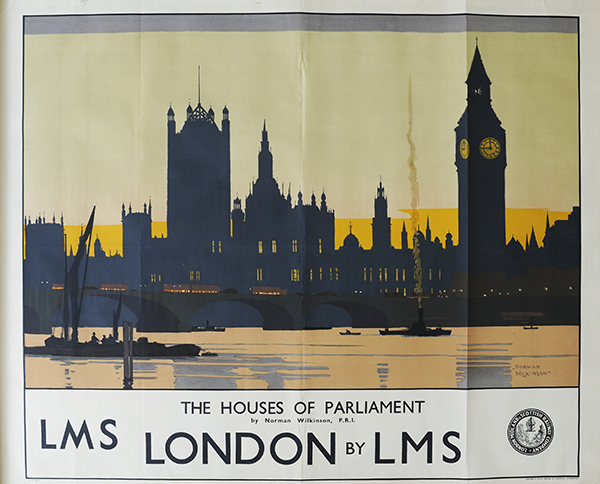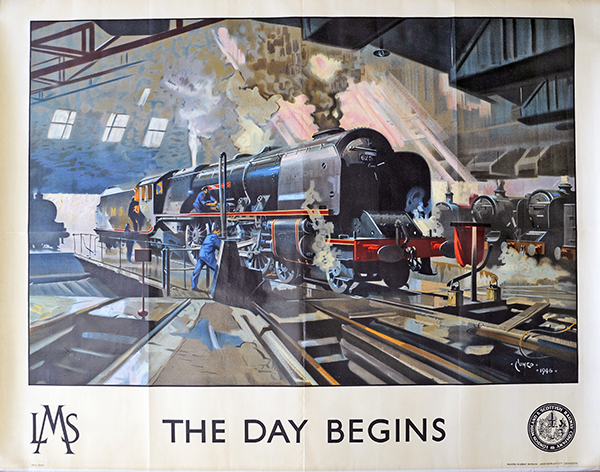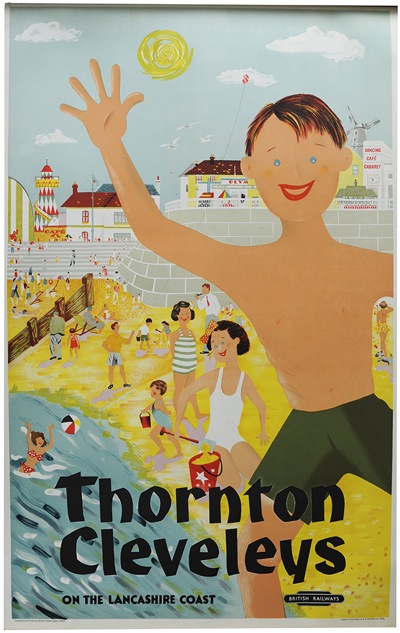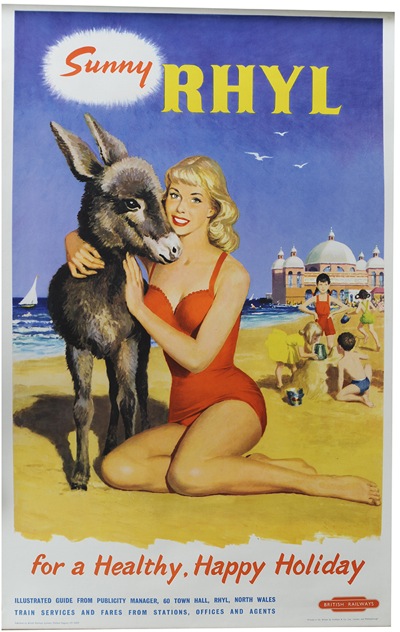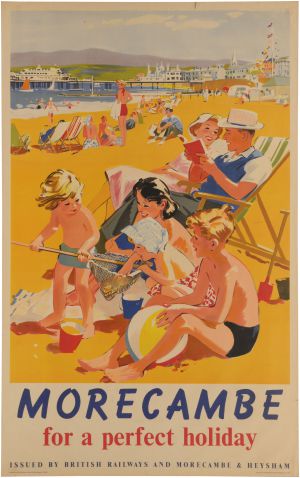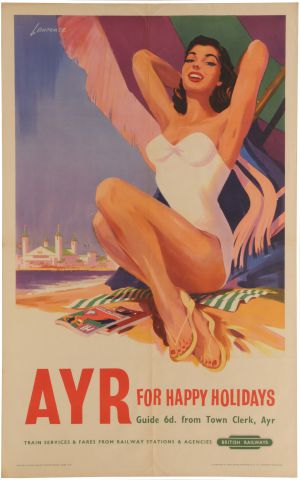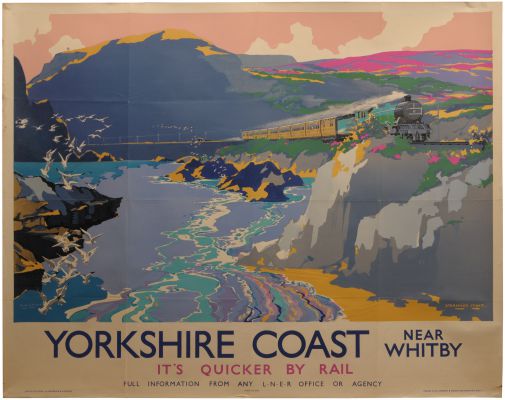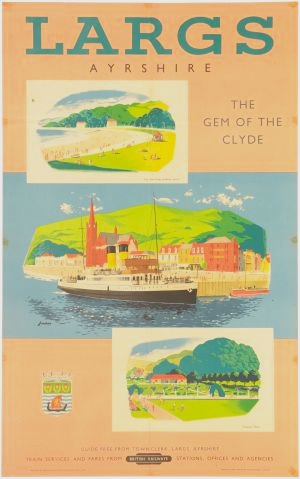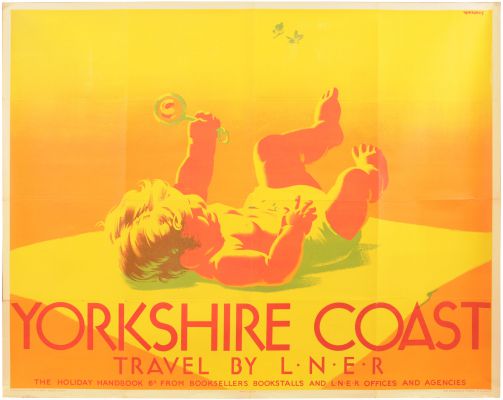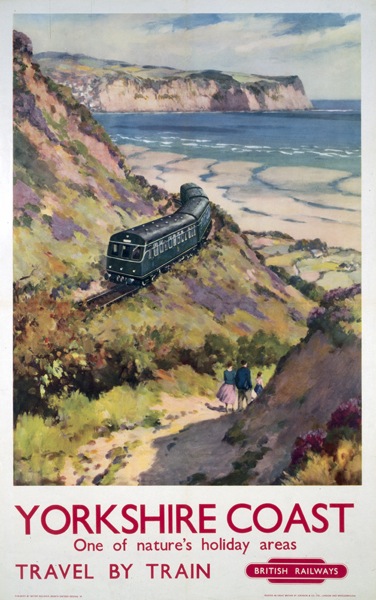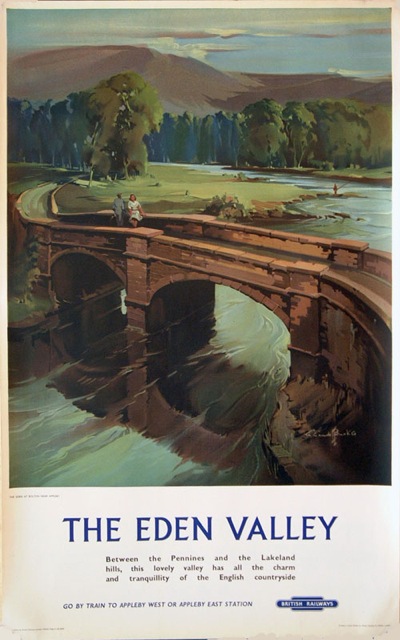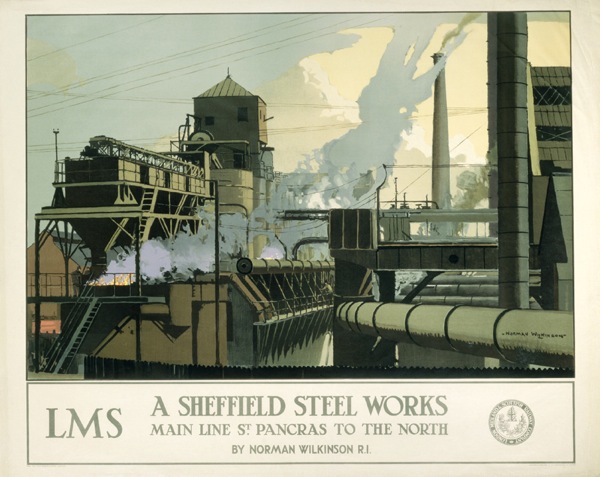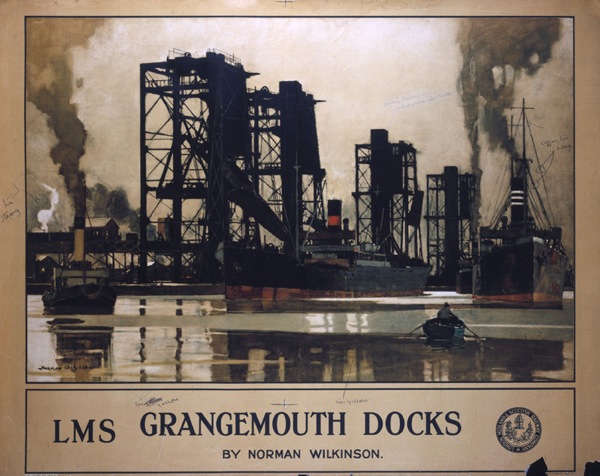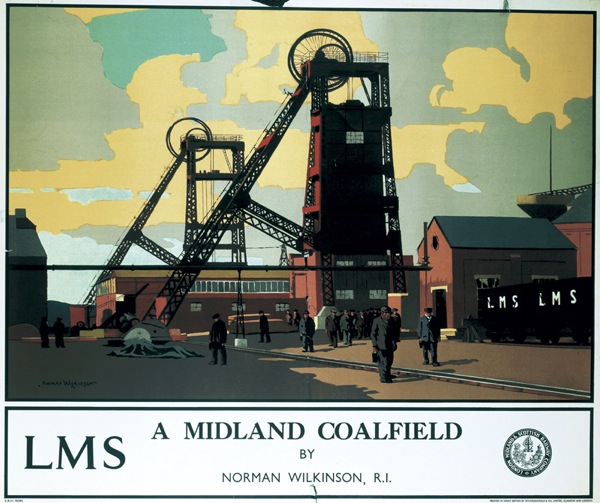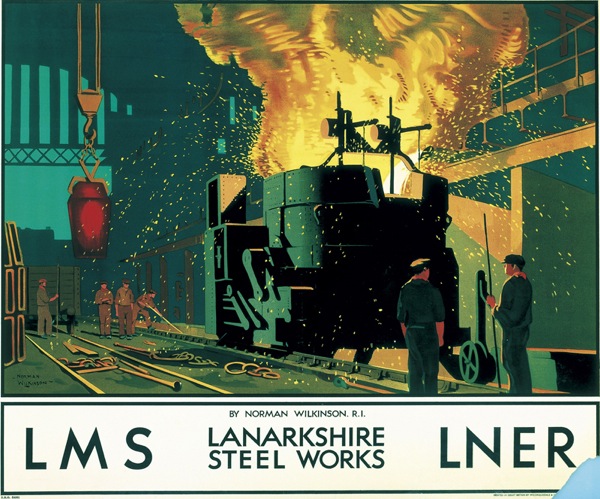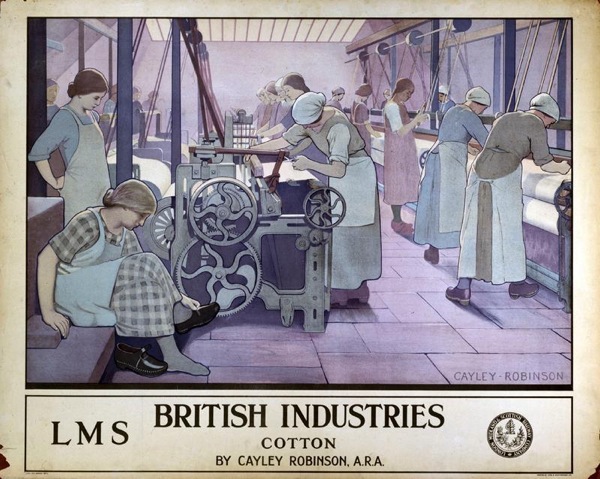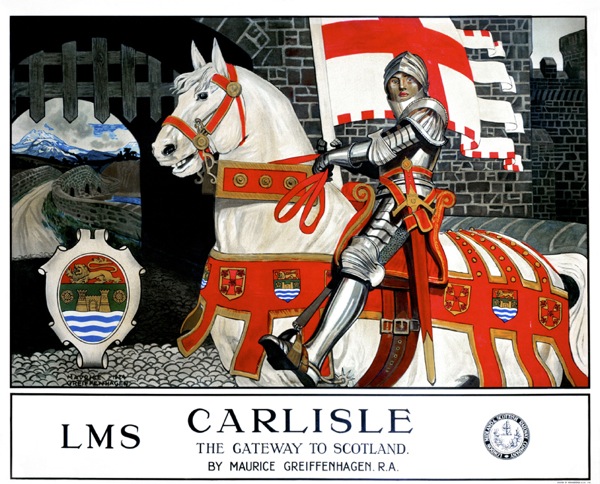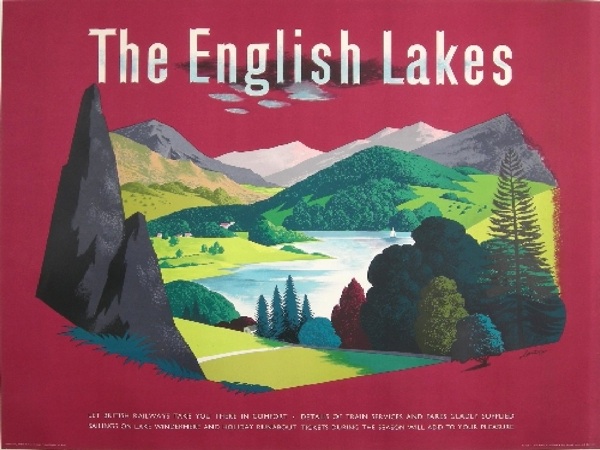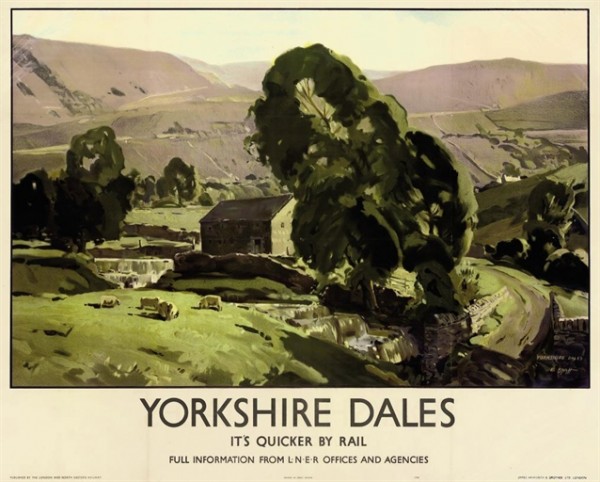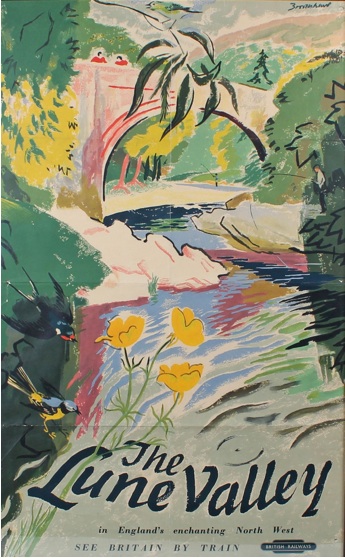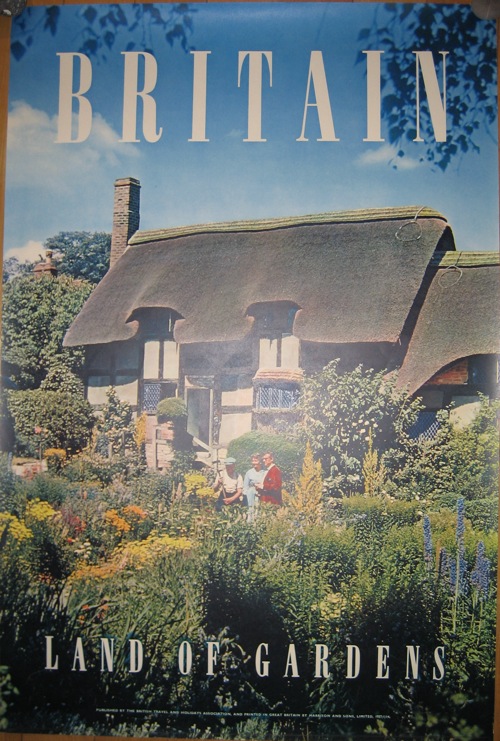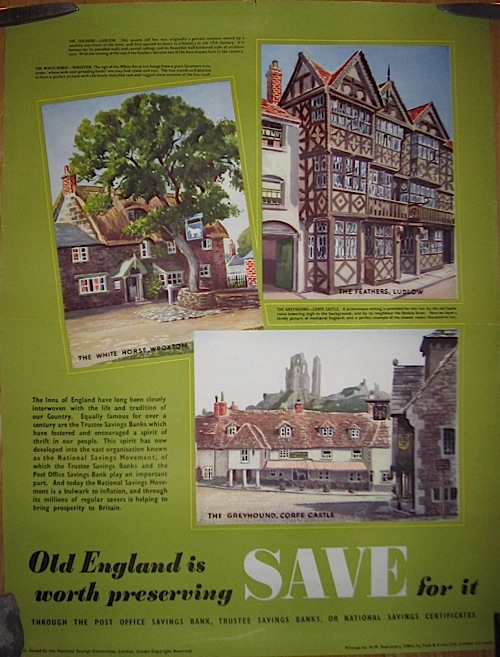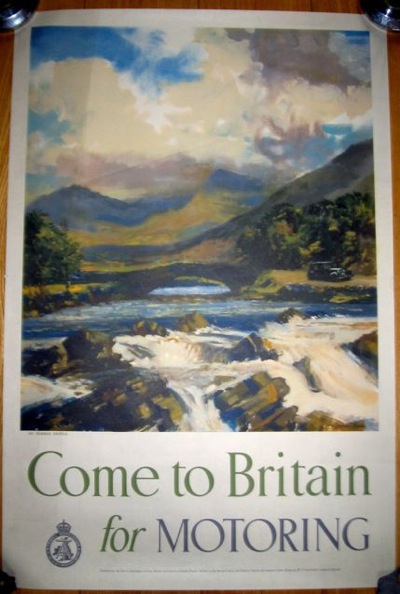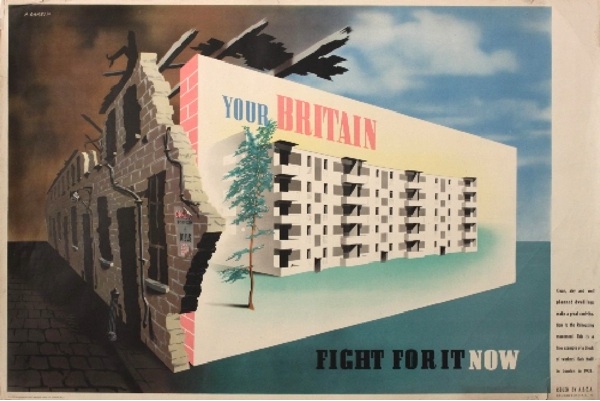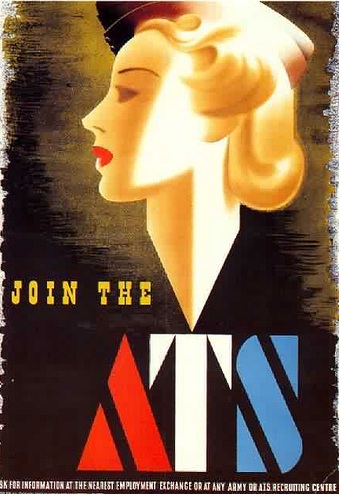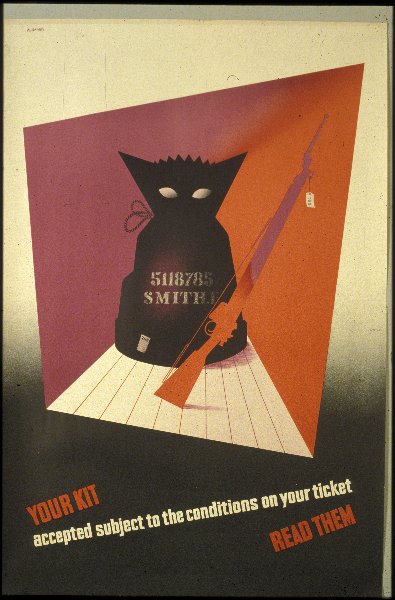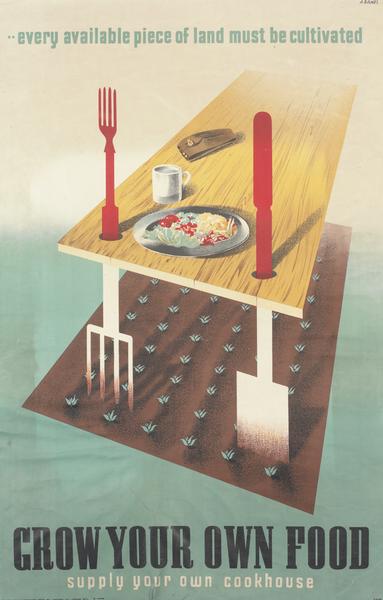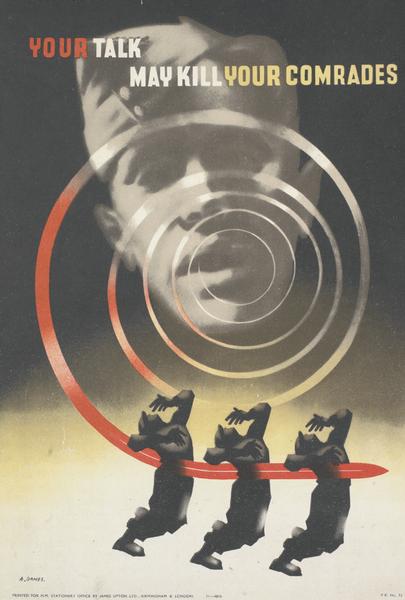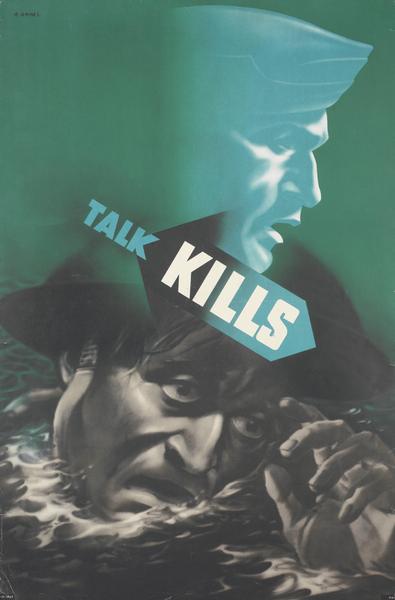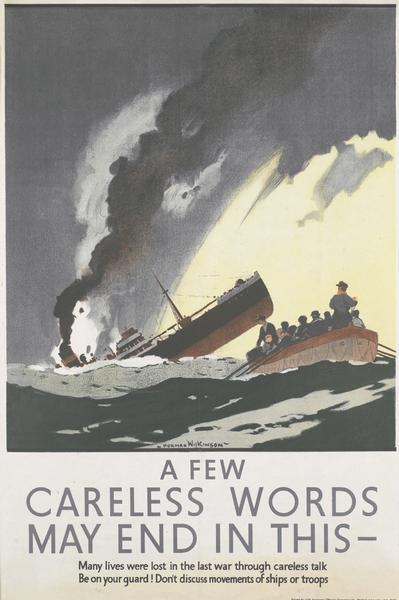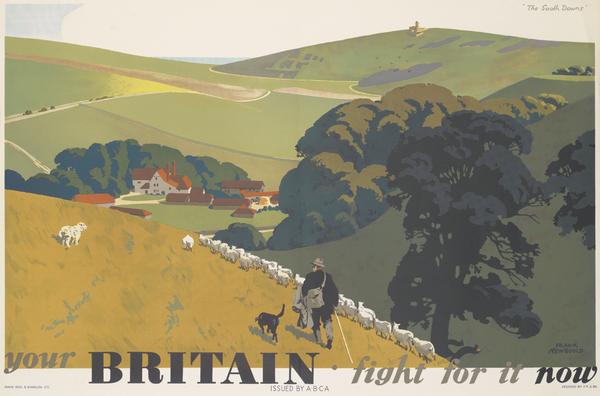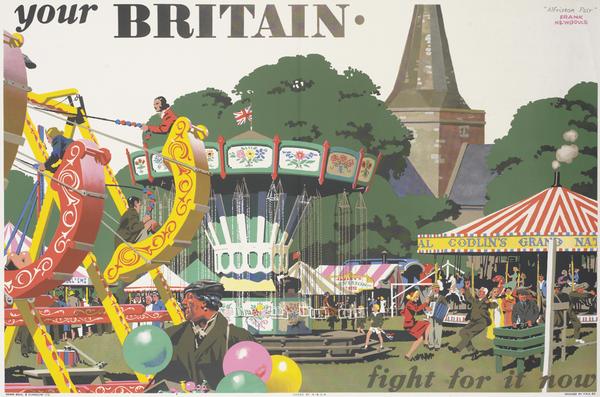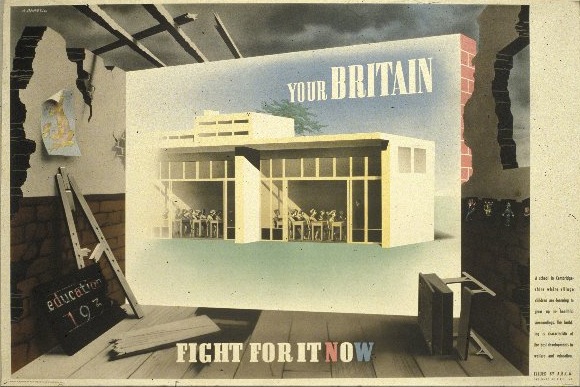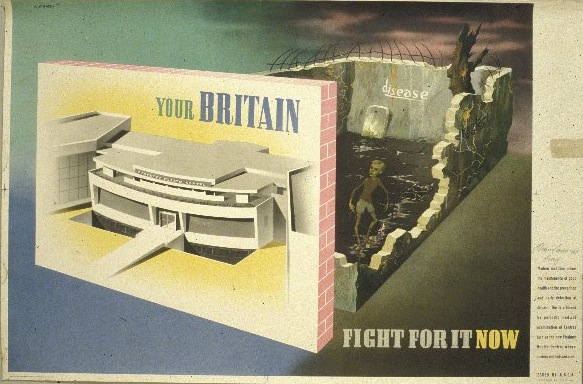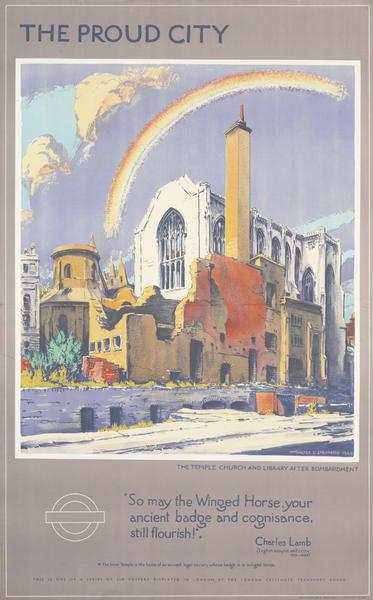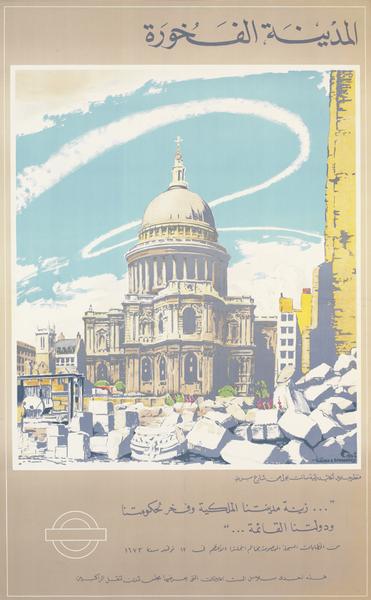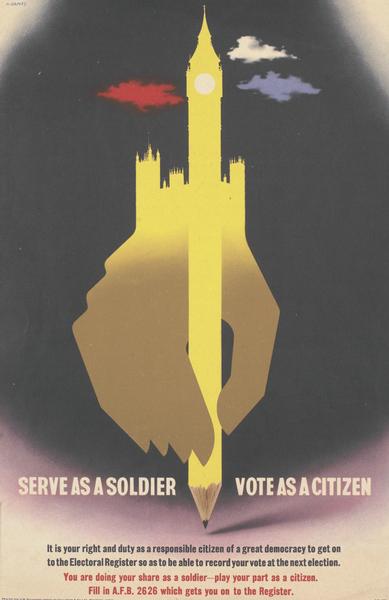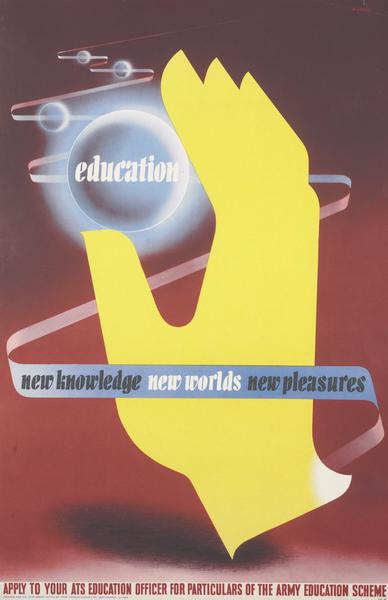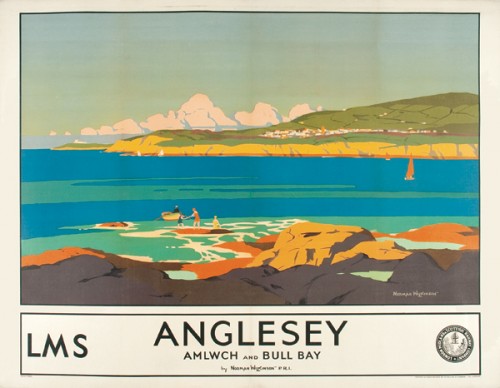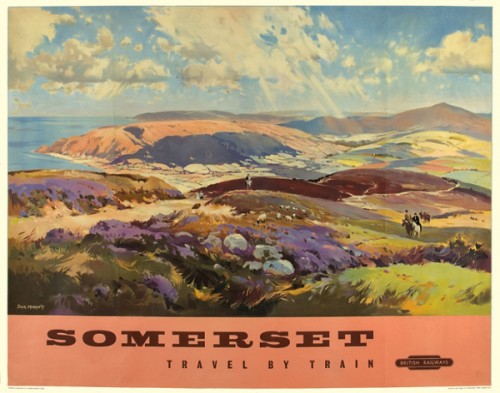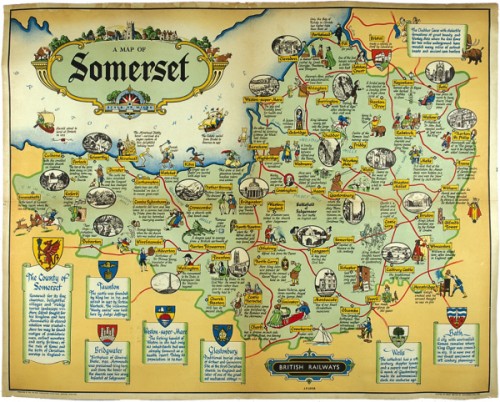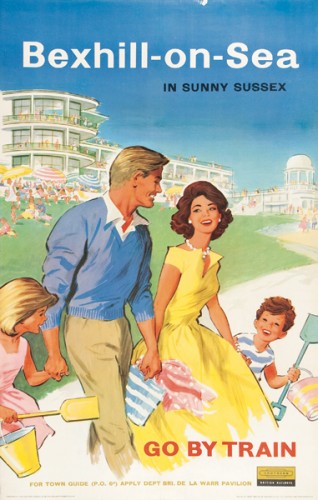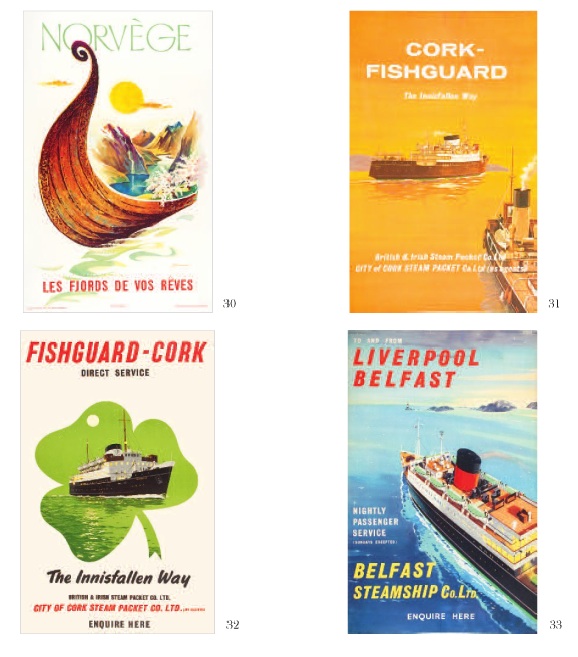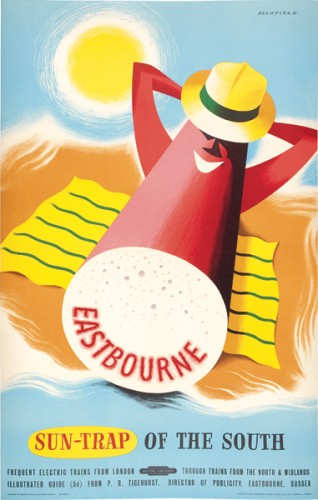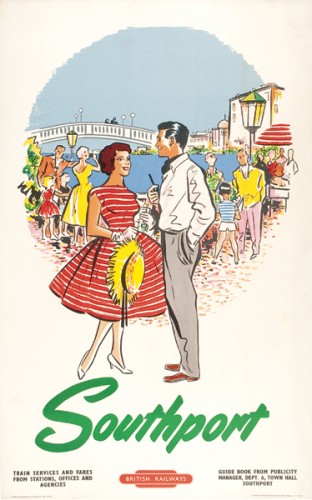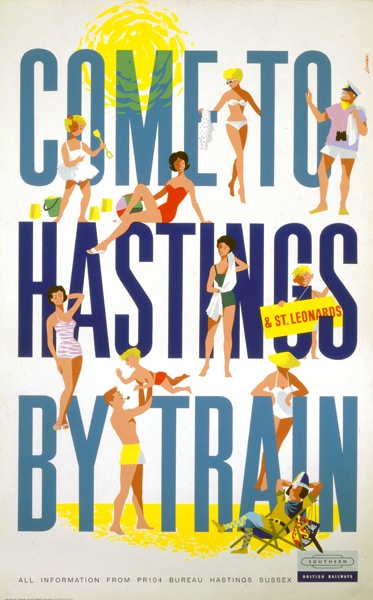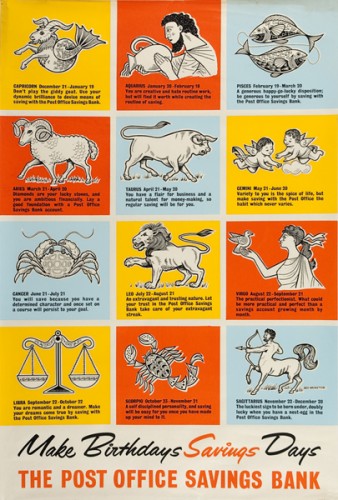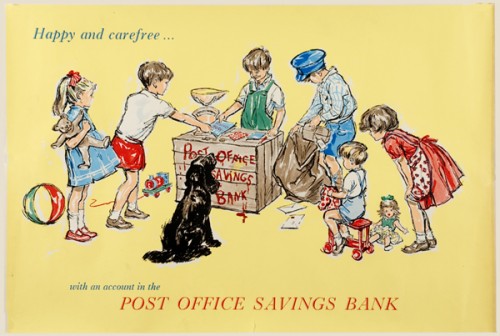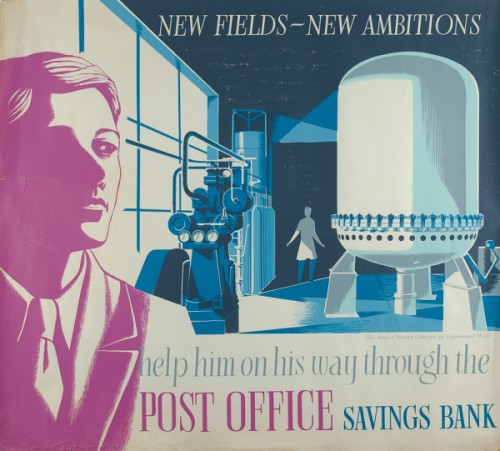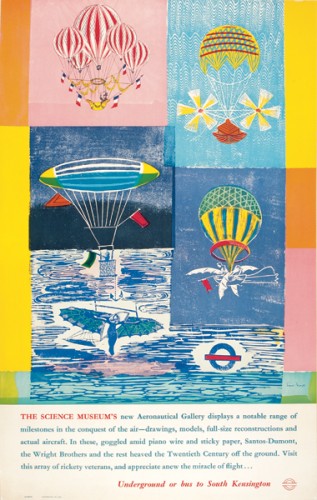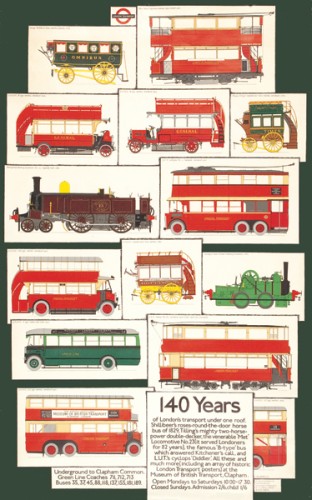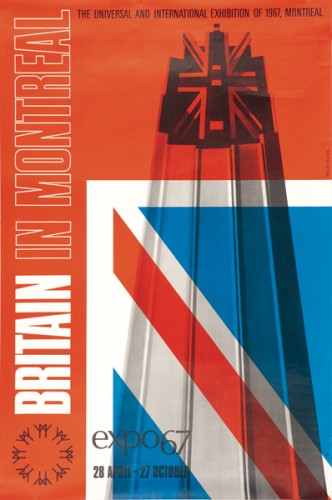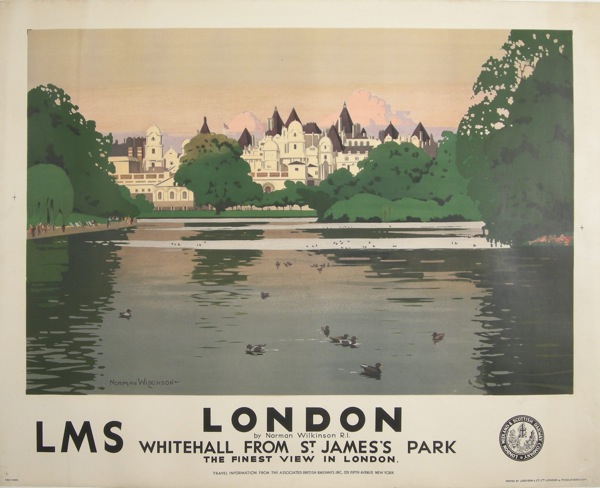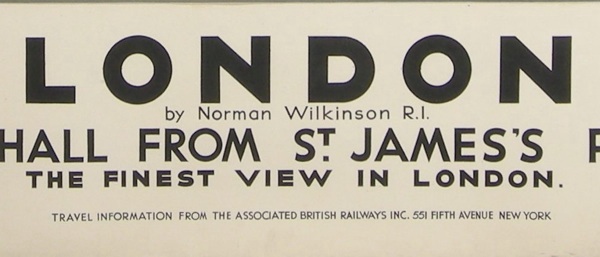Is it really efficient?
On we must go with the endless stream of auctions. Today it is Onslows, which takes place on Friday. What can I tell you about it?
Well the first thing that will strike you as you browse through the catalogue is precisely what a tonnage of Shell posters they have – and there are more too, tucked away at the end.
I really must take a look at what these actually sell for, because the higher estimates of £100-150 do always strike me as slightly fanciful, but then a few always manage to reach that. Certainly, I don’t see them going as high at other auctions or on eBay. Watch this space and I will report back.
That would, however, be an utterly reasonable price to pay for these Tristram Hillier items, which have the same estimate. I’ve written about them before but, frankly, any excuse.
What I haven’t ever written about properly, however, are the Shell educational posters themselves. Must do that one of these days.
Meanwhile back at Onslows, the other thing that will strike you about the auction is a job lot of GPO posters, some being sold singly, some as individual lots.
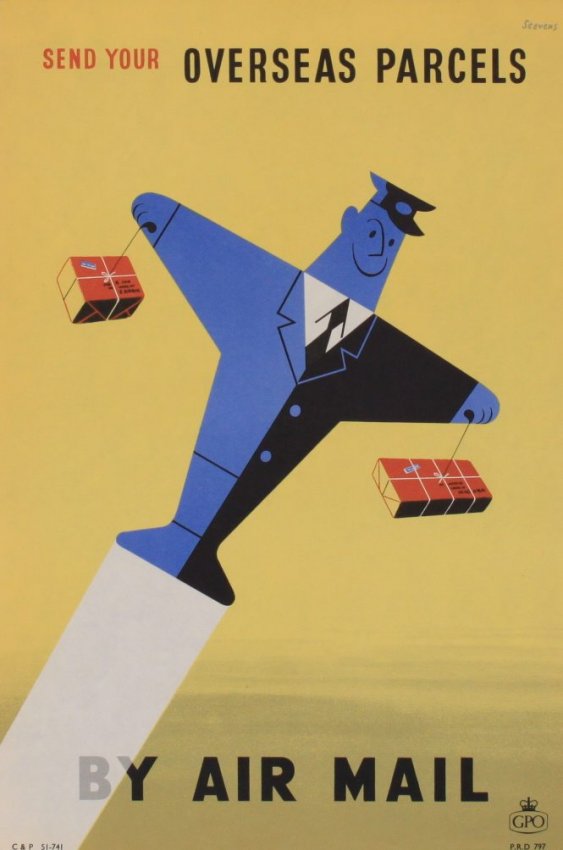
Harry Stevens, 1950, est. £70-100
Now I happen to know the story behind these posters, and it’s one to make any archivist’s hair curl. Back in the early 1980s, the Royal Mail in their Mount Pleasant HQ were having a sort out. Sensibly, they decided that two copies of each of the posters they had produced should go to an archive – these are the ones which the BPMA have now. Rather more bogglingly, they put the rest in a skip. The seller rescued a selection that he liked. Some were sold at Bloomsbury in March, this is another batch.
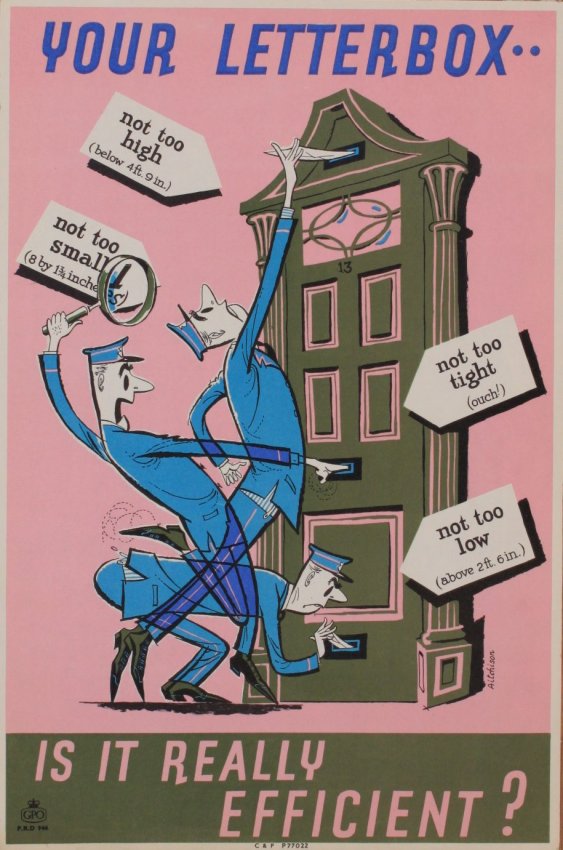
Martin Aitcheson, 1950, est. £40-50
Other than that, the other two interesting items are two rather lovely sets of proofs, one by Barnett Friedman and the other by Edward Ardizzone.
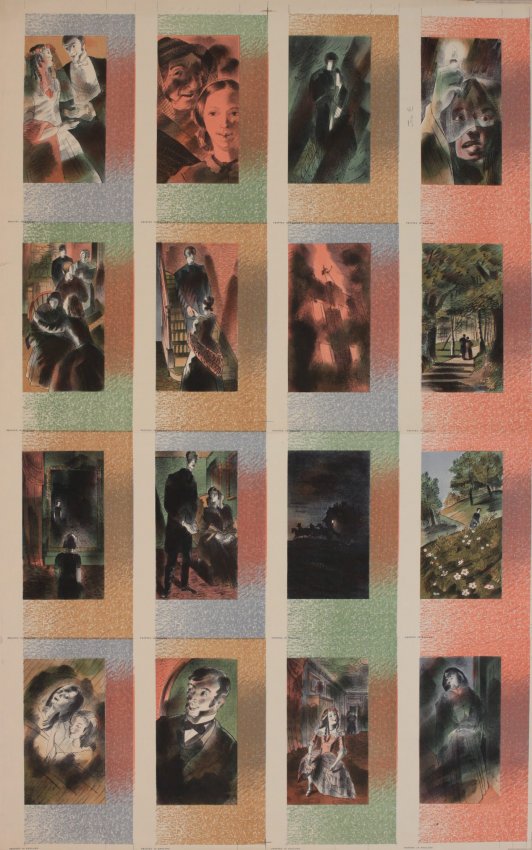
Barnett Friedman, 1952, est. £200-300
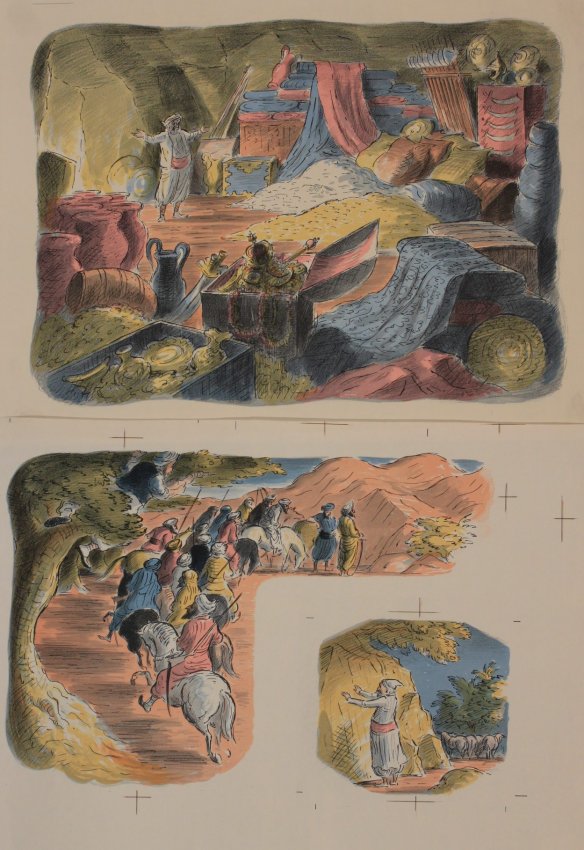
Edward Ardizzone, est. £30-50.
I like them a lot, but what you’d actually do with them I’m not entirely sure.
Meanwhile the rest of what is on offer is the usual mix of foreign stuff that I am going to ignore, railway and travel posters, and, as ever, a fair selection of World War Two Home Front posters.
This is probably the stand-out railway poster for me.
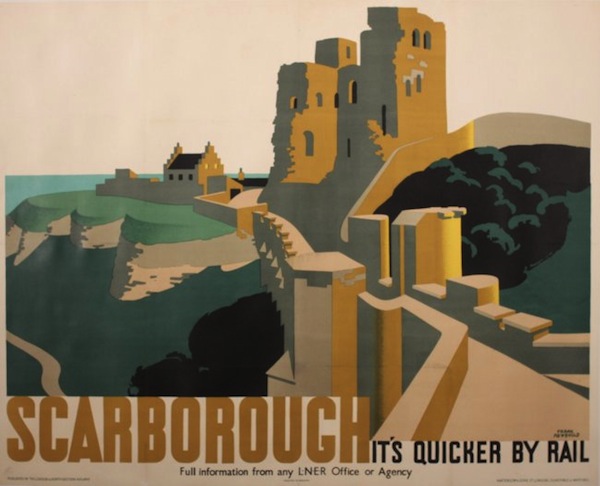
Frank Newbould, 1930, est. £700-1,000
Although, as even a cursory flick through this blog would reveal, I am always a sucker for this series.
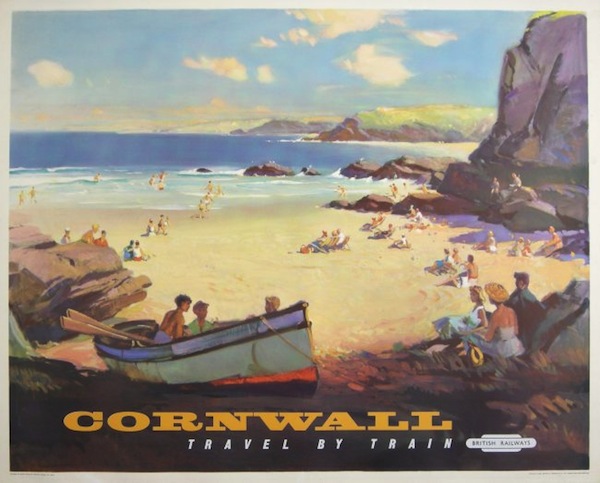
L A Wilcox, 1960, est. £600-700
The main event in the travel poster section, at least if you are me, is a stream of these black and white British travel posters. A couple are quite interestingly early.
The vast majority are not.
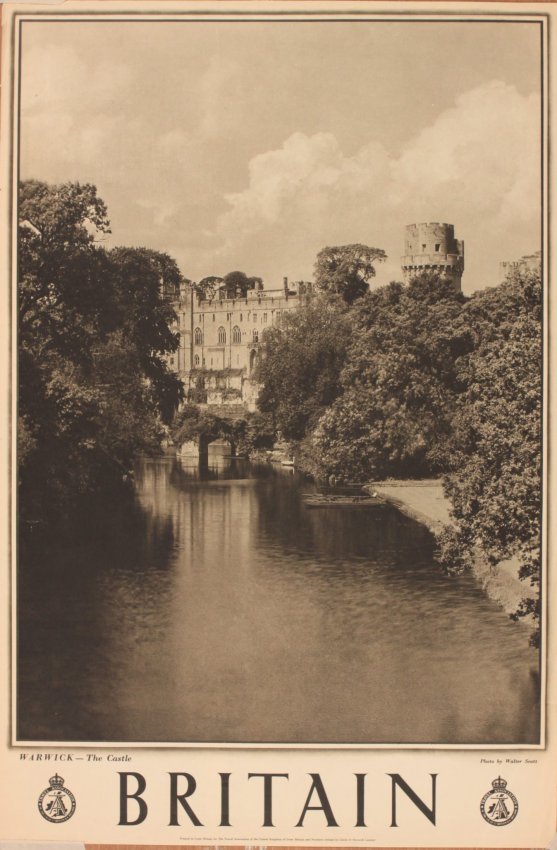
Anonymous, c. 1948, est. £50-70.
While this in no way constitutes a recommendation to buy one, these posters are quite interesting as historical artefacts. Take a look at the date: it’s just after the war has ended, and Britain is desperate to pay back the war loans. And one of the ways to do that, is of course American tourist dollars; so these posters wing their way over to the States to try and persuade our American cousins to come over here. But I often wonder just how well they worked. Because America is sleek, glossy and most of all technicolour, but Britain is broke. So our posters come in black and white and are printed on the cheapest, thinnest paper imaginable.
Of course none of this explains why the 1938 poster is equally as shoddy. Perhaps the British Travel and Tourist Association were just cheapskates, all the time.
The reason I’ve thought about these posters so much is that Mr Crownfolio and I, some years ago, bought a whole roll of these posters from America for about £30. We tried to sell a couple on eBay but basically got laughed at. But then, a couple of years later we tried again, and the prices started rising – so much so that one of the last ones went for over £100. And now they are at Onslows, well I never.
In the war section, meanwhile, this is probably the most classic poster.
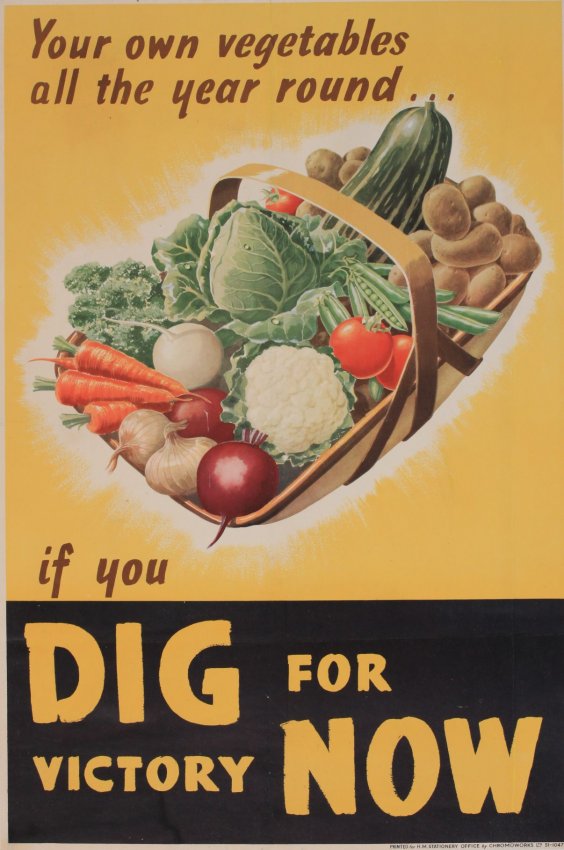
Norman Wilkinson, 1940, est. £300-400.
While this is my favourite.
Just look at the difference in prices, I am clearly in a minority of one on this.
For a change, there aren’t that many London Transport posters in there, but it’s worth persevering through the whole catalogue, because a pair of gems, both by Abram Games, are tucked away at the end.
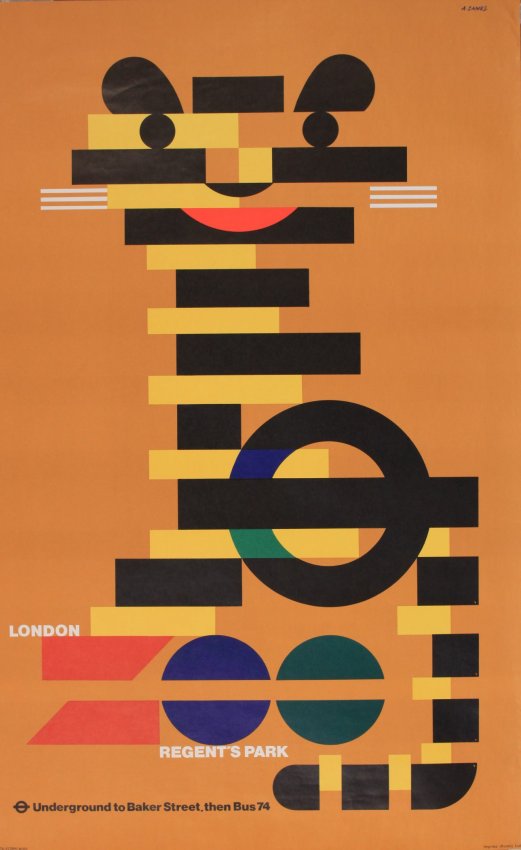
Abram Games, 1976, est. £100-150
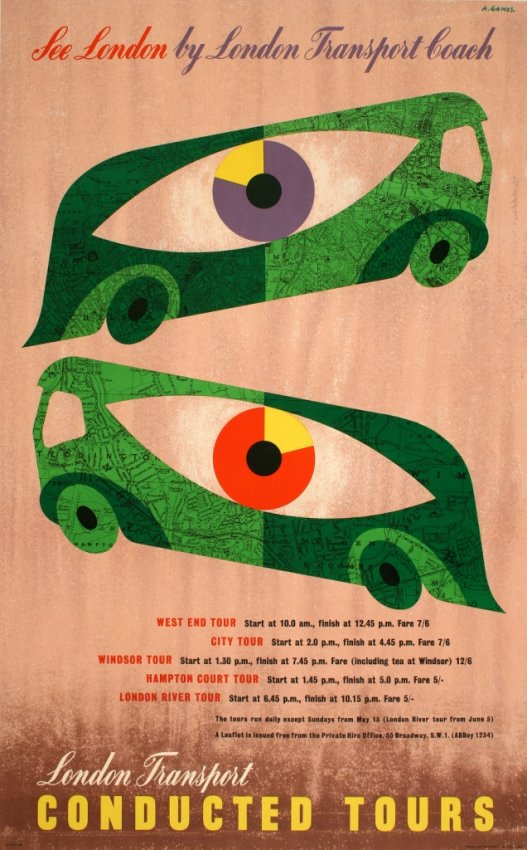
Abram Games, 1950, est. £400-500.
In fact that poster above is the very last one in the sale. And probably one of the best. But it’s an exception, and I am slightly worried by the general lack of good posters like that from the Onslows sale. Because with Christies having got so expensive, there’s a real need for an auction house selling the stuff that, well, Christies used to – the Games, the Eckersleys and the Royston Coopers to start with, never mind the Daphne Paddens. But they aren’t appearing here – so where have they gone? They haven’t entirely migrated to the railwayana auctions, so where have they all gone? Do any of you know, because I certainly don’t. And I’d like to.
